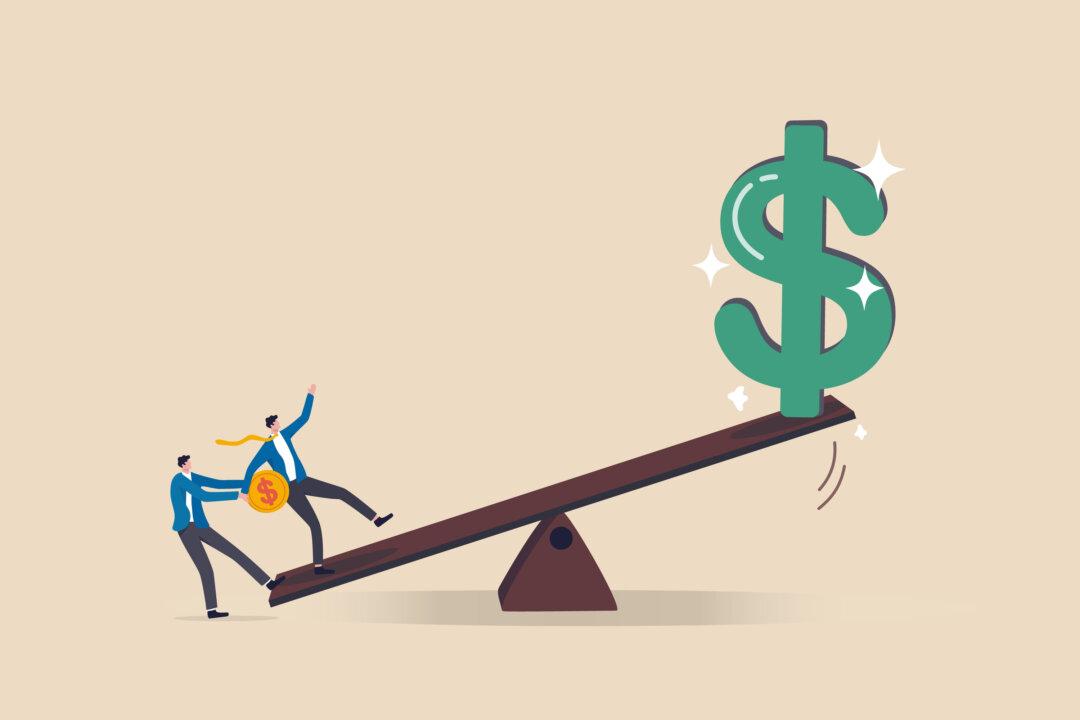Financial leverage is the choice to borrow money to invest in assets. The intent is to generate returns higher than the cost of borrowing these funds. If done strategically, carefully, and correctly, leverage can increase profitability without the need to add additional personal investment capital.
Investor use of leverage is intended to increase returns on investment. You can leverage your investments using various instruments, including options, futures, and margin accounts. Companies use leverage to finance the assets they own. The combination of selling stock and borrowing funds can be optimized to provide the best overall return to a given firm.






